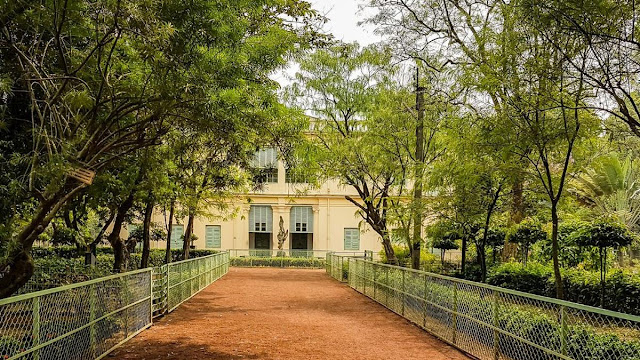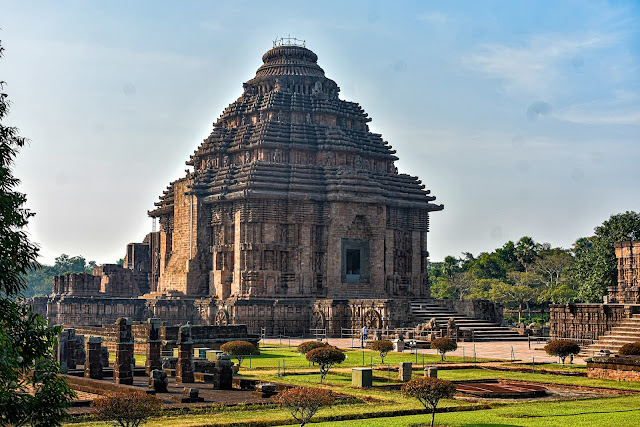'Sacred Ensembles of the Hoysala', the three Hoysala temples in Karnataka, have been inscribed on the UNESCO World Heritage List.These temples are the Chennakeshava temple at Belur, Hoysaleshwara temple at Halebidu and The Keshava temple at Somnathapura. While the first two are in Hassan district, the third is in Mysuru district.
All the three temples are protected by the Archaeological Survey of India (ASI). Nominations were entered as ‘’The Sacred Ensembles of Hoysalas’’.
While the Chennakeshava temple and Hoysaleshwara temple at Halebidu were on the UNESCO’s tentative list since 2014, the Keshava temple at Somanathapur was appended to the other two monuments under the tentative list and all the three were officially nominated by the Centre as India’s entry for 2022-23 in February in 2022.
An expert from International Commission on Monuments and Sites (ICOMOS) concluded the site visits covering all the three temples in September 2022 and the monuments were officially inscribed as UNESCO World Heritage Sites during the 45th session of the World Heritage Committee, which is being held in Saudi Arabia.
Chennakesava Temple, Belur
Commissioned by Hoysala ruler Vishnuvardhana in 1117 AD, the Chennakesava temple took 103 years to complete. This Vishnu temple has three entrances and is intricately carved with sculptures and pillars.An absolute must see destination in any cultural tour of India, Belur, located on the banks of the river Yagachi in Hassan district, was the capital of the powerful south Indian dynasty of the Hoysalas. Belur is home to the awe-inspiring Chennakesava Temple, a fine specimen of Hoysala architecture.
Hoysaleswara temple, Halebidu
The-Hoysaleswara-Temple-in-Halebidu
17 km away from Belur is the 12th century Hoysaleswara temple at Halebidu. Hoysaleswara temple is a cultural extravaganza. Dedicated to Lord Shiva, the temple was also built during the reign of King Vishnuvardhana. Its construction started around 1121 CE and was complete in 1160 CE.Previously known as Dorasamudra or Dwarasamudra, Halebid was the Hoysala capital before Belur.
Chennakesava Temple, Somanathapura
Keshav-Temple-in-Somanathpur
The Chennakesava Temple, also referred to as Chennakeshava Temple and Keshava Temple, is a Vaishnava Hindu temple on the banks of River Kaveri at Somanathapura in the Mysuru district of Karnataka. The temple was consecrated in 1258 CE by Somanatha Dandanayaka, a general of the Hoysala King Narasimha III.
Santiniketan in the Indian state of West Bengal was inscribed on the UNESCO World Heritage List as the 41st site.










